Popular Tips
YOU MIGHT BE INTERESTED IN
Flood Driving Safety Tips On Indian Roads
by IndianAuto Team |
02/07/2018
Driving a car under a heavy thunderstorm and flood is dangerous. Reading through these pieces of advice from IndianAuto will help you find out how to drive more safely in such a severe weather condition.
- Tag:
- driving safely

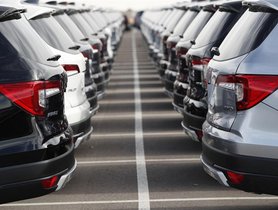







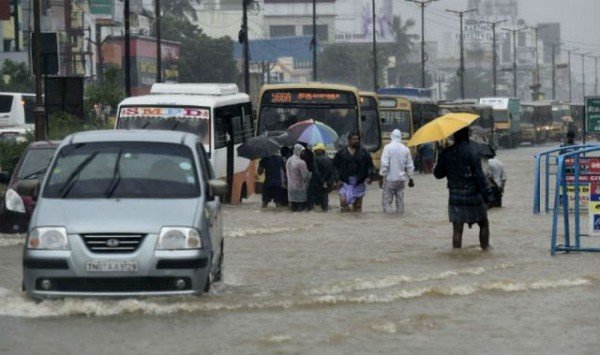
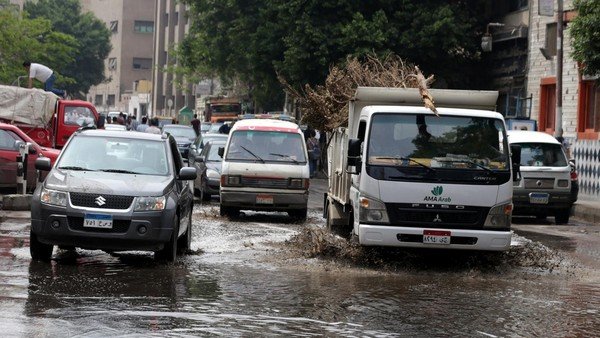
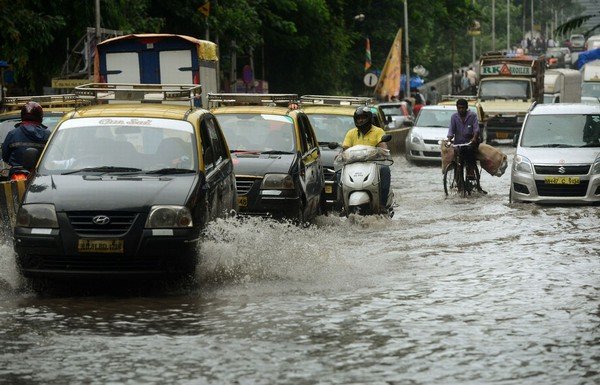
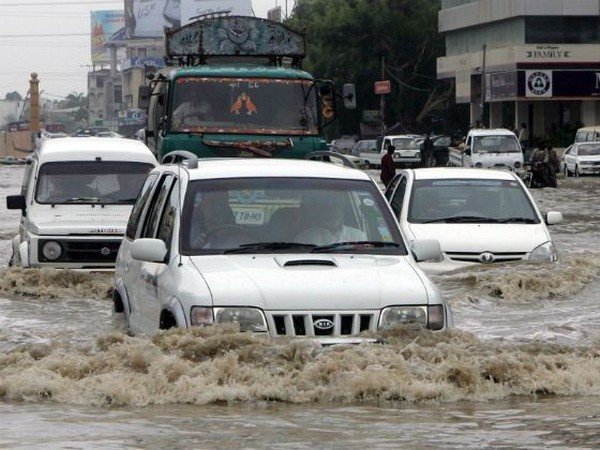
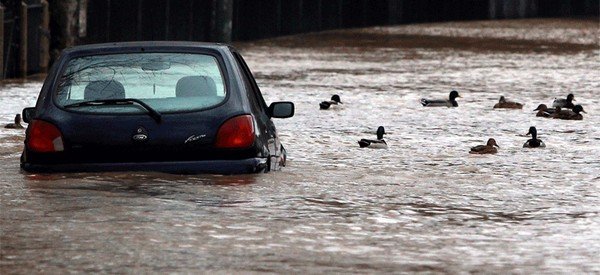
 Follow us on google news
Follow us on google news
